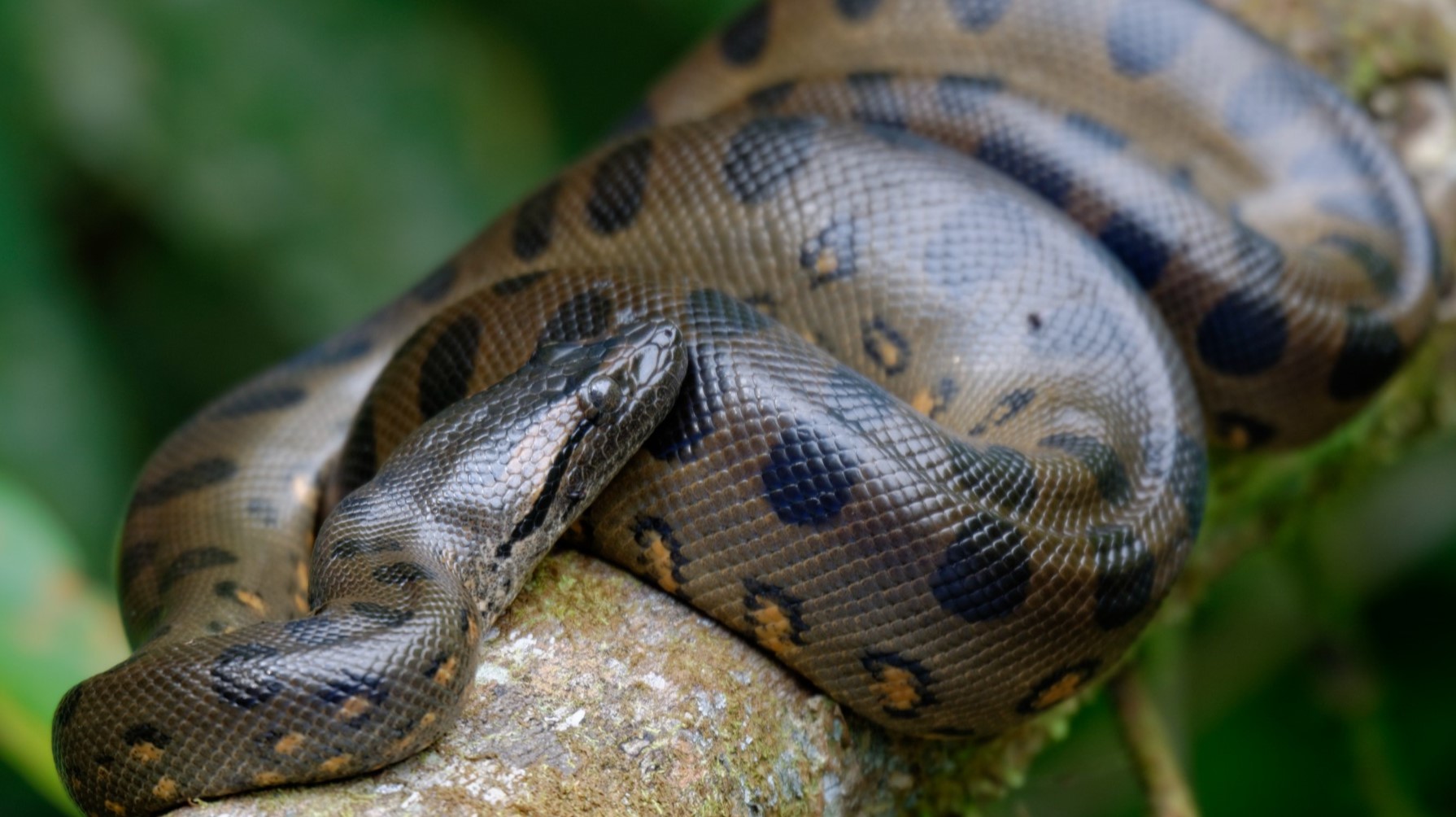
Anacondas are one of the most fascinating creatures in the animal kingdom. Known for their impressive size and strength, these giant snakes have captured the imagination of people around the world. From their incredible ability to swallow prey whole to their unique reproductive behavior, anacondas are a truly remarkable species.
In this article, we will explore eight fascinating facts about anacondas that will amaze and inspire you. Whether you have a deep curiosity about wildlife or simply want to learn more about these extraordinary creatures, this is the perfect read for you. Get ready to dive into the world of anacondas and discover intriguing details about their anatomy, habitat, behavior, and more.
Key Takeaways:
- Anacondas are the largest snakes in the world, growing up to 30 feet long and weighing up to 550 pounds. They are skilled swimmers and non-venomous constrictors, using their incredible jaw flexibility to consume large prey.
- Female anacondas are larger than males and give birth to live young. They have a strong sense of smell and are found in the Amazon rainforest. These fascinating facts make anacondas truly remarkable creatures of the jungle!
Anacondas are the largest snakes in the world.
Weighing up to 550 pounds and growing up to 30 feet in length, these incredible creatures are true giants of the snake kingdom.
Anacondas are skilled swimmers.
With their muscular bodies and streamlined shape, anacondas are perfectly adapted for aquatic life. They are agile swimmers, allowing them to navigate through rivers, streams, and swamps with ease.
Anacondas are non-venomous constrictors.
Unlike venomous snakes, anacondas kill their prey by constricting them. They wrap their large bodies around the victim and squeeze until the prey can no longer breathe, resulting in a slow and steady demise.
Anacondas have incredible jaw flexibility.
Thanks to their unique skull structure, anacondas can stretch their jaws to an astonishing degree. This enables them to consume prey much larger than their own head, such as capybaras and caimans.
Female anacondas are larger than males.
In the world of anacondas, the females reign supreme when it comes to size. Females can grow up to twice the size of males, making them the true queens of the jungle.
Anacondas give birth to live young.
Instead of laying eggs, female anacondas give birth to live young. They can have litters of up to 80 babies, although the average size is closer to 20-These tiny anacondas are independent from birth and must fend for themselves.
Anacondas have a strong sense of smell.
These serpents have an extraordinary sense of smell, which helps them locate prey even in the densest of jungles. Their keen sense allows them to track down potential meals from great distances.
Anacondas are found in the Amazon rainforest.
The Amazon rainforest is the native habitat of these magnificent creatures. With its vast rivers, lush vegetation, and abundant prey, it provides the perfect environment for anacondas to thrive.
Conclusion
In conclusion, anacondas are truly fascinating creatures. From their immense size and strength to their unique hunting techniques, there is no denying the awe-inspiring nature of anacondas. Whether you are amazed by their ability to swallow prey whole or fascinated by their constricting power, anacondas have captured the imagination of people all around the world. These impressive snakes play a vital role in maintaining the balance of their ecosystems, reminding us of the incredible diversity and complexity of the animal kingdom. So, the next time you come across a documentary or hear a story about anacondas, you will have a better understanding of the secrets behind their mesmerizing existence.
FAQs
1. How big can anacondas get?
Anacondas are considered the largest snakes in the world. The average size of an anaconda is around 15-20 feet, but they can reach lengths of over 30 feet. The Green anaconda is the largest species, and the females are typically larger than the males.
2. Are anacondas dangerous to humans?
While anacondas are powerful predators, they are generally not a threat to humans. Anacondas are non-venomous snakes and do not typically attack unless they feel threatened. However, it is always important to exercise caution and avoid provoking or approaching a wild anaconda.
3. What do anacondas eat?
Anacondas primarily feed on aquatic animals. Their diet consists of fish, birds, turtles, caimans, and even larger mammals such as deer and capybaras. Anacondas are known for their ability to swallow their prey whole.
4. Where are anacondas found?
Anacondas are primarily found in the tropical regions of South America. They inhabit swamps, marshes, rivers, and lakes in countries such as Brazil, Venezuela, Colombia, and Peru. They are well-adapted to aquatic environments and are excellent swimmers.
5. Are anacondas endangered?
While anacondas face threats such as habitat loss and illegal hunting, they are not currently classified as endangered. Some species, such as the Bolivian anaconda, are considered vulnerable. Efforts are being made to protect their habitats and ensure their survival in the wild.
Was this page helpful?
Our commitment to delivering trustworthy and engaging content is at the heart of what we do. Each fact on our site is contributed by real users like you, bringing a wealth of diverse insights and information. To ensure the highest standards of accuracy and reliability, our dedicated editors meticulously review each submission. This process guarantees that the facts we share are not only fascinating but also credible. Trust in our commitment to quality and authenticity as you explore and learn with us.
